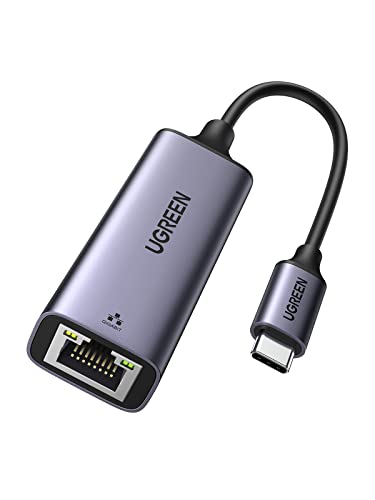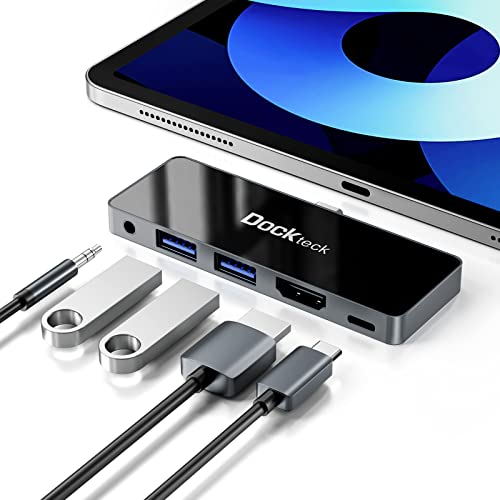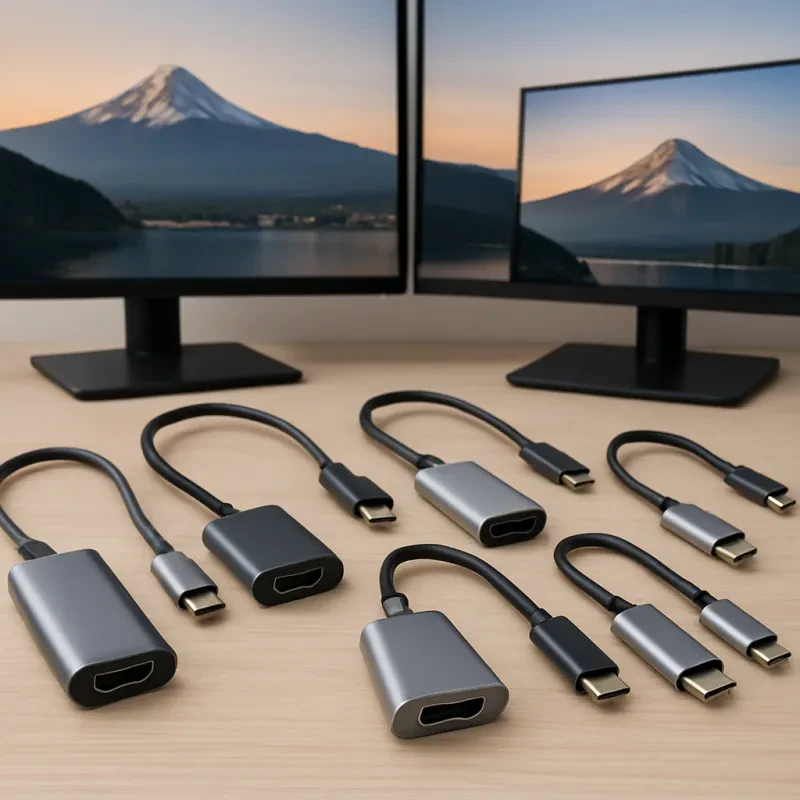The Rise of USB-C in the Age of Mac - An Overview
Since Apple's announcement of the 12-inch MacBook in 2015, the technology world has been abuzz with the news of its sole port type: USB-C. Initially a controversial decision, it has since become evident that this design choice was a stroke of brilliance on Apple's part, and a major factor in the mainstream adoption of the USB-C standard.
USB-C is a versatile and powerful port type, capable of transmitting power, data, and video signals all through a single connector. This level of convenience and flexibility has made it an ideal choice for modern computing devices that rely on efficiency and sleek design. However, it has not always been so ubiquitous, and until recently it was a relatively niche connector type.
In the years following Apple's introduction of USB-C to their lineup, other manufacturers quickly followed suit. Google's Pixelbook and Pixel 2 smartphones, the Dell XPS 13, and the HP Spectre x360 are just a few examples of USB-C enabled devices that gained popularity in the market. This widespread adoption of USB-C has led to the proliferation of USB-C peripherals, ranging from external hard drives to monitors, and has cemented its place as the go-to connector for modern computing devices.
The future of USB-C looks bright, with even more devices and peripherals adopting the standard. Similarly, the need for compatibility and interoperability between devices will only continue to grow, making USB-C all the more essential. In summary, the rise of USB-C owes a significant debt to the Mac's early adoption of the standard, and its success in the marketplace has only helped to spur its continued growth and adoption.
The Mac Impact: How Apple's Devices Helped Popularize USB-C
When it comes to the world of technology, Apple has always been a trendsetter. From the introduction of the first iPhone in 2007 to the recent release of the M1 chip-powered MacBook Pro, the company has a history of pushing boundaries and setting new standards in the industry. One of the latest examples of this is their adoption of USB-C.
USB-C has been around since 2014, but it was the release of the 12-inch MacBook in 2015 that made the port gain popularity. Apple's decision to use only USB-C ports on the MacBook, in lieu of traditional USB-A, was a bold move that caused some initial frustration for users. However, the Mac's popularity ultimately helped to make USB-C a standard in the industry.
Fast forward to today and USB-C is everywhere. From laptops and smartphones to tablets and gaming consoles, the versatile port is a common feature on most high-end devices. But it wasn't always that way. Before the Mac's adoption of USB-C, the port was seen as an optional and niche feature.
Apple's decision to include USB-C on their devices helped to push other manufacturers to do the same. Companies like Google, Samsung, and Dell all followed suit and began incorporating the port into their products. In fact, according to a recent report by Technavio, USB-C is expected to become the dominant port type in the global market by 2025.
Aside from its popularity, USB-C also offers several benefits to users. For starters, it's reversible, which means you can plug it in either way without worrying about orientation. Additionally, it supports faster data transfer speeds, higher power output, and can even transmit video and audio signals. Its versatility and efficiency have made it a go-to choice for users looking for a fast and reliable way to transfer data and charge their devices.
So did the Mac make USB-C popular? The answer is yes. Apple's decision to adopt the port on their devices played a pivotal role in the widespread adoption of USB-C. Today, the port has become ubiquitous in the world of technology, and it's safe to say that we have the Mac to thank for that.
Exploring the Relationship Between Mac and USB-C: Factors that Shaped their Correlation
The introduction of Apple's Macbook in 2015 marked the beginning of a new era for USB-C, a technology that has now become ubiquitous across the tech industry. In this article section, we explore the factors that shaped the correlation between Mac and USB-C, and whether the Mac played a significant role in making USB-C popular.
The Rise of USB-C
USB-C is a digital interface that was first introduced by the USB Implementers Forum (USB-IF) in 2014. The technology was designed to replace older USB-A and USB-B ports, which had been in use since 1996. USB-C offers a range of benefits over its predecessor, including faster data transfer rates, quicker charging times, and the ability to connect to a range of peripherals through a single port.
Despite its clear advantages, USB-C was slow to take off. Adoption was hampered by a lack of devices that supported the port, which in turn was due to the higher cost of implementing the technology. In addition, consumers were reluctant to purchase new devices that had incompatible ports, as they would have to purchase expensive adaptors to connect their old devices.
The Impact of the Macbook
In 2015, Apple introduced the Macbook, which featured a single USB-C port for charging, data transfer and device connection. The release of the Macbook marked the first time that USB-C had been incorporated into a mainstream consumer device.
Apple's decision to embrace USB-C was significant for a number of reasons. Firstly, it gave the technology a lot of visibility, as consumers became aware of the benefits of the new port. Secondly, it encouraged other tech companies to start integrating USB-C into their own devices, as they saw the potential for sales growth.
The Advantages of USB-C for Mac Users
For Mac users, USB-C offers a number of advantages, including faster data transfer rates, quicker charging times and the ability to connect to a range of peripherals through a single port. In addition, USB-C is more versatile than older ports, as it can be used for data transfer, charging and device connection.
One of the major benefits for Mac users is that USB-C has become the standard for charging and connecting to devices. This means that Mac users can now share chargers and other device connections with a range of other devices, making their lives easier and more convenient.
Conclusion
The Macbook was a game changer for USB-C. Its integration of the technology into a mainstream consumer device was a major factor in USB-C's rise to prominence. While USB-C is now ubiquitous across the tech industry, it is likely that Apple's early adoption played a significant role in making it as popular as it is today.
While there were many reasons for USB-C's success, the Macbook was one of the most influential factors. Its integration of the technology into a consumer device helped to confer legitimacy on USB-C, and to encourage other tech companies to follow suit.
UGREEN USB-C to Gigabit Ethernet Adapter
Experience lightning-fast internet connectivity with the UGREEN USB-C to Gigabit Ethernet Adapter for seamless online performance
Product information
$19.77 $14.82
Product Review Score
4.58 out of 5 stars
72 reviewsProduct links








